TYPES OF ANGLES AND RELATIONSHIPS
What is angle ?
A line is an infinite number of points between two end points. Where two lines meet or cross, they form an angle.
An angle is an amount of rotation. It is measured in degrees.
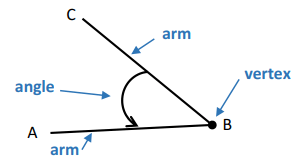
Different types of angles involving straight lines :
- Complementary angles Angles that add up to 90°
- Supplementary angles Angles that add up to 180°
Adjacent angles :
Angle that have common vertex and a common arm.
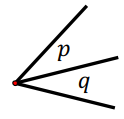
Adjacent angles on a straight line add upto 180 degree.

Perpendicular lines :
Lines that meet or cross at 90°
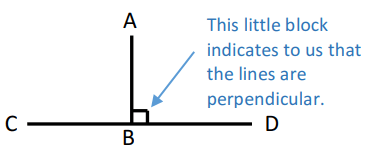
Here AB ⊥ CD.
Vertically opposite angles :
When two straight lines intersect the angles opposite each other are called vertically opposite angles.
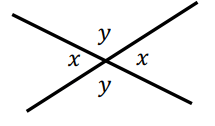
Vertically opposite angles are equal to each other.
Parallel Lines and Transversal
Transversals creates three important types of angles, namely:
1. Corresponding angles
2. Co-interior angles
3. Alternating angles
Corresponding angles are in the same position as each other.
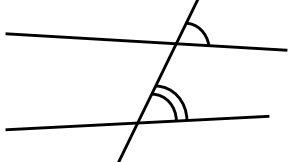
Co-interior angles are between the lines and on the same side of the transversal. They are “inside together”.
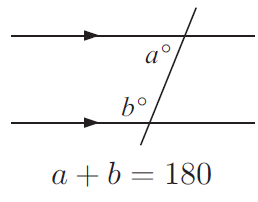
Alternate angles are between the lines and on alternate (opposite) sides of the transversal.
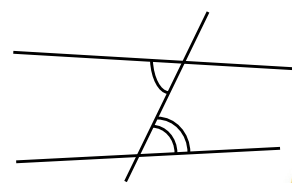
Calculate the size of the variables.
Problem 1 :

Solution:
In the diagram above, a and 50° are supplementary angles.
a + 50° = 180°
a = 180 - 50
a = 130
Problem 2 :

Solution:
In the diagram above, 10°, 60° and b are supplementary angles.
10° + 60° + b = 180°
70° + b = 180°
b = 180 - 70
b = 110
Problem 3 :
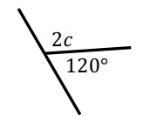
Solution:
In the diagram above, 2c and 120° are supplementary angles.
2c +120° = 180°
2c = 180 - 120
2c = 60
c = 30
Problem 4 :
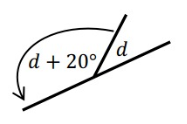
Solution:
In the diagram above, (d + 20°) and d are supplementary angles.
d + 20° + d = 180°
2d + 20 = 180
2d = 180 - 20
2d = 160
d = 80°
Problem 5 :
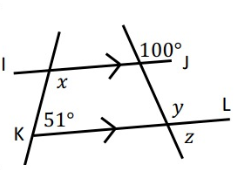
Solution:
l || k
x + 51° = 180°
x = 180 - 51
x = 129°
y = 100°
y + z = 180°
z = 180 - 100
z = 80°
So, x = 129°, y = 100° and z = 80°
Problem 6 :
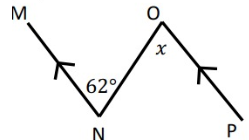
Solution:
∠NOP = ∠MNO (alternate interior angle)
x = 62°
Problem 7 :
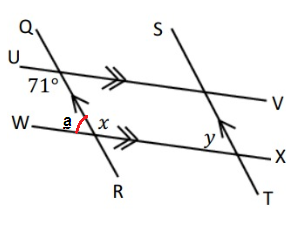
Solution:
In the figure, let b = 71°
Because line UV is parallel to line WX.
So we can get,
x = b = 71°
The two lines are parallel and the interior alternate angles are equal. b and x is interior alternate angles.
a = 180° - x
a = 180 - 71
a = 109°
Because line RQ is parallel to line TS.
y = a = 109°
Two lines are parallel and corresponding angles are equal. a and y is corresponding angles.
So, x = 71° and y = 109°.
Recent Articles
-
Finding Range of Values Inequality Problems
May 21, 24 08:51 PM
Finding Range of Values Inequality Problems -
Solving Two Step Inequality Word Problems
May 21, 24 08:51 AM
Solving Two Step Inequality Word Problems -
Exponential Function Context and Data Modeling
May 20, 24 10:45 PM
Exponential Function Context and Data Modeling